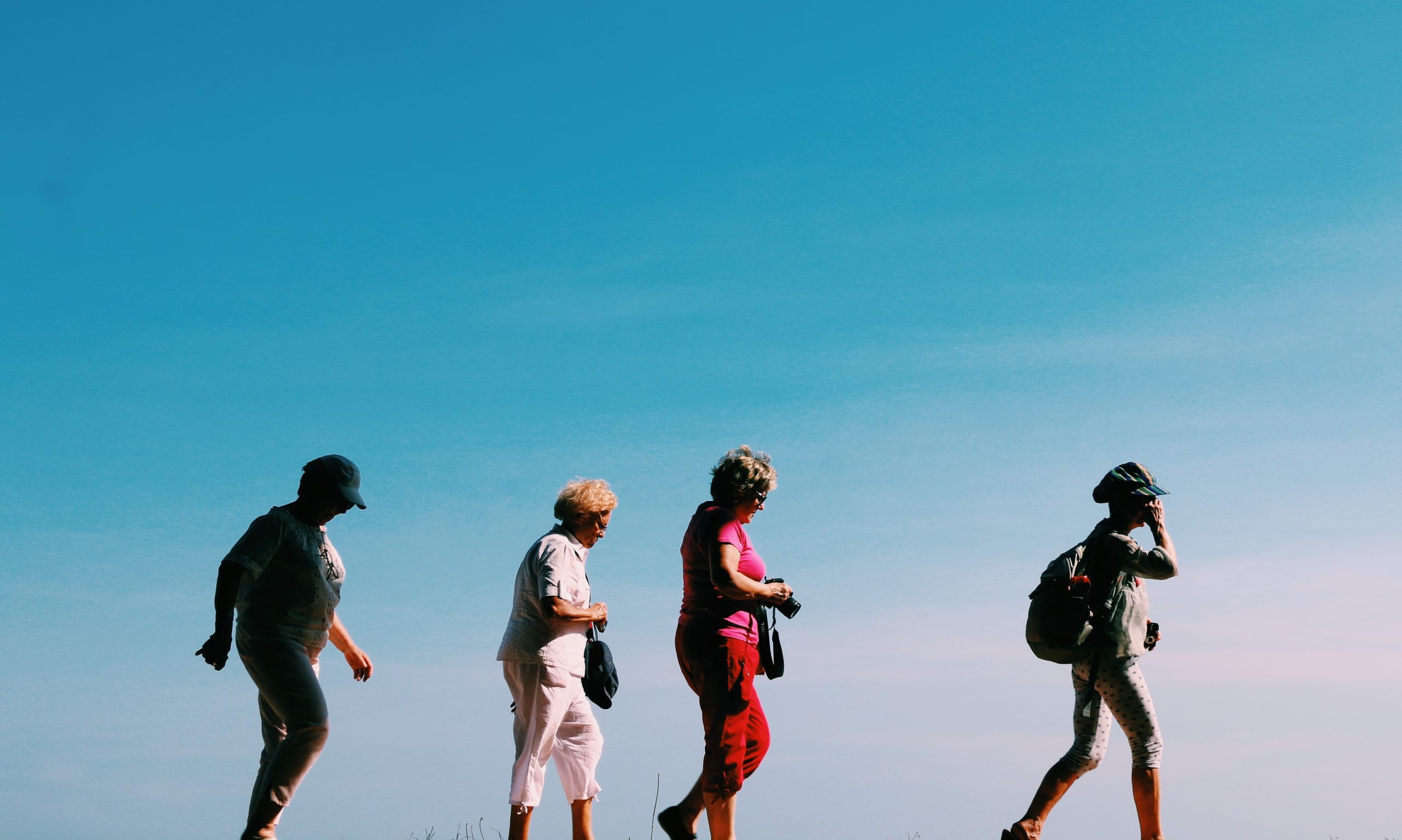Hip bursitis, also known as greater trochanteric bursitis, is one of the most common reasons for hip pain in people of all ages; and is thought to affect approximately 15% of women and 8% of men, with middle aged women being the demographic that is most likely to present with this injury.
Your hip joint is subject to loading with between 6 to 8 times body weight whilst performing exercises such as jogging and running, which can cause mechanical stress on the joint and bursae over time, leading to greater trochanteric bursitis or greater trochanteric pain syndrome. For some people, hip bursitis results in mild discomfort, but it can also be quite painful. There are several treatments available for hip bursitis, including some non-surgical options. Physiotherapy is one of the most common treatments for this condition and in this blog we will discuss what you should be doing if you are diagnosed with hip bursitis to help you to get back to doing the things that you love, pain free.
SYMPTOMS AND SIGNS
The patient with hip bursitis will typically present complaining of:
- Pain over the greater trochanter on the outside of the hip
- Symptoms exacerbated with the repetitive movement
- Difficulty sleeping on the injured side
- Pain with single-leg stability
The typical history of the patient may include:
- Insidious onset of pain
- Pain that initially went away when warming up for exercise, but now gets worse with exercise
- A recent increase in running or walking volume
- A traumatic compression injury of the bursae (often seen in older populations when they fall on their hip)
- A recent extended period of hip immobilisation (often seen as a secondary issue to a primary injury preventing active hip movement for a period of time)
Clinically hip bursitis may present showing some or all of the following (depending on the severity of the presenting condition):
- An antalgic gait pattern, also known as the Trendelenburg Gait Pattern
- Pain during the FADDIR clinical test – a combination movement of the hip involving simultaneous flexion, adduction and internal rotation of the patient’s thigh in 90 degrees of hip flexion
- Pain during a combination movement of the hip involving flexion and external rotation
- Reproduction of symptoms with the FABER test – a combination movement of flexion, abduction and external rotation at the hip
It is important to note that you don’t have to have all of the above to have hip bursitis, you may experience a range of these signs and symptoms that are unique to your body and your individual situation. Medical imaging is not clinically necessary in the diagnosis and treatment of hip bursitis, except to rule out sinister pathology if it is indicated.
CAUSES OF HIP BURSITIS
Evidence shows that hip bursitis is a condition with multifactorial causative factors including:
- Repetitive movements involving the hip
- Sudden changes in load and intensity of activity
- Improper tissue healing response
- High volume of exercise without adequate rest and recovery
- Sedentary lifestyle
- Obesity
- Gender
- Age
- Genetics
One of the mechanisms that play a role in greater trochanteric bursitis is what is known as the Q Angle, which is the angle between the quadriceps tendon and the patellar tendon. Females typically have a greater Q Angle than males due to their pelvis being wider, which is one of the reasons why the incidence of hip bursitis is twice as common in females.
RISK FACTORS
The risk factors for hip bursitis can be separated into two categories, modifiable and non-modifiable risk factors. A non-modifiable risk factor is one that we don’t have control over, therefore we should acknowledge that it may contribute to the injury without focusing our time on it. The non-modifiable risk factors for hip bursitis are:
- Gender
- Age
- Genetics
Modifiable risk factors are things that we do control in our lives and preventative Physiotherapy treatment will often focus on a number of these including:
- Sedentary lifestyle
- Exercise volume
- Exercise periodisation and rest
- Changes in volume or intensity of exercise
- Improper gait pattern due to injury of the opposite leg
- Obesity
TREATMENTS
Treatment for hip bursitis can be broken down into 3 different types:
- Physiotherapy
- Medical
- Surgical
Conservative physiotherapy treatment is the gold standard for hip bursitis with a greater than 90% success rate, with most courses of treatment lasting for about 2 to 3 months. Physiotherapy treatment will have 5 main aims:
- Decrease pain in the hip
- Increase the range of motion at the hip
- Increase strength in the supporting hip muscles
- Retrain any gait abnormalities
- Return to prior activity levels
Physiotherapy treatment will involve manual therapy in the early stages to decrease pain, in conjunction with mobilisation and strengthening exercises to encourage normal hip joint function. In the later stages of physiotherapy treatment, we will continue to add load in a progressive manner to increase the capacity of your hips to maintain integrity under load through a guided exercise programme to help prevent future occurrences of hip bursitis.
Medical treatment often involves cortisone injection into the bursae in an attempt to decrease the inflammation, however there is poor evidence to support the use of corticosteroid injections into the site of pain, as well as a growing body of evidence that these injections result in a weakening of the tendon fibres, possibly leading to further tendon complications in the future.
Surgical treatment for hip bursitis is only performed in rare cases where conservative medical options have failed to decrease pain. Due to the possibility of complications and low level of evidence for surgical intervention in hip bursitis, surgery should be the last resort for patients with this condition.
EXERCISES
The most common exercises given throughout the treatment of hip bursitis are:
- Glute stretches in supine (laying on your back)
- Self release of the glute max muscle with a foam roller or trigger point massage ball
- Glute bridges, with progressions to single-leg dynamic glute bridges
- Single leg step up, with progressions to higher step ups
- Lunges
- Sit to stand hip bursitis exercises for seniors
- Squat exercises under load
The late rehabilitation exercises prescribed by your Physiotherapist for hip bursitis treatment at home should be focused around your previous activity that you plan on returning to, with the aim being to gradually and progressively add volume and intensity until you are at, or past your previous level of fitness.
FREQUENTLY ASKED QUESTIONS
Can you prevent hip bursitis?
Hip bursitis can largely be prevented by controlling the modifiable risk factors including – maintaining a healthy body weight, avoiding sudden changes in load or intensity of activity, ensuring adequate rest when exercising at high volumes and gradually building up a tolerance to repetitive movements of the hip.
Can hip bursitis go away on its own?
Hip bursitis may spontaneously resolve on its own, however, this is not always the case and by ignoring this issue you may lengthen the time and severity of the injury. It is highly advised to see a Physiotherapist for treatment and guidance with hip bursitis pain.
How effective is physiotherapy for hip bursitis?
Physiotherapy is a safe and effective method for the treatment of hip bursitis and should be used as the first option when treating this condition, prior to exploring medical or surgical options. In most cases, Physiotherapy alone will be sufficient to achieve a complete resolution of hip bursitis symptoms.
What aggravates hip bursitis?
Hip bursitis is commonly aggravated by repetitive activities of the hip, such as running, as well as standing with an uneven weight distribution between your legs. For this reason hip bursitis often comes on as a secondary issue when there is a primary injury on the other leg.
We hope you find this blog helpful. As always if you have any questions please don’t hesitate to reach out.
Take care.


